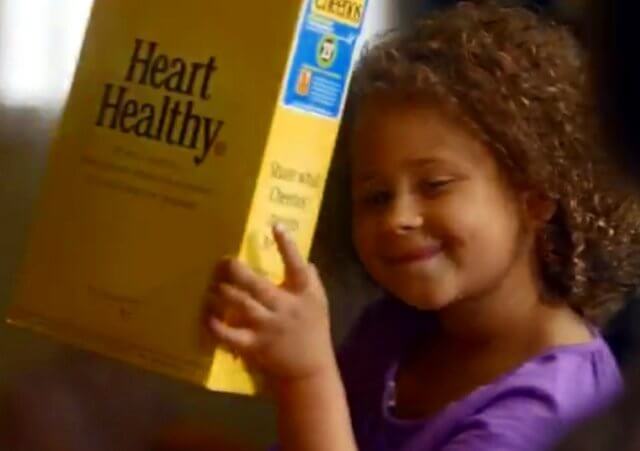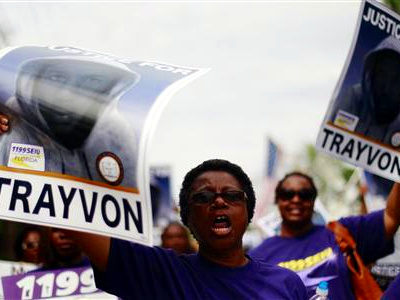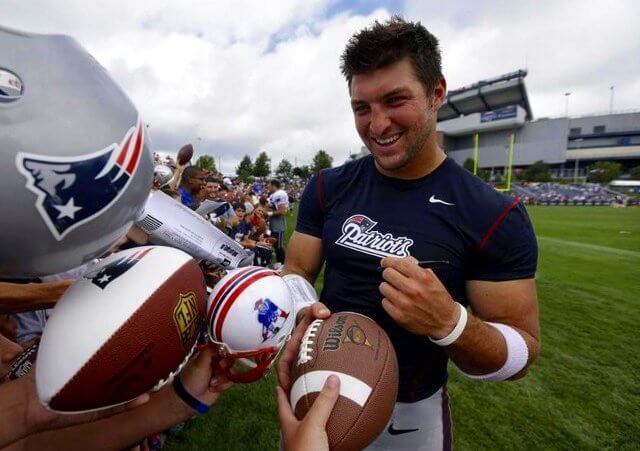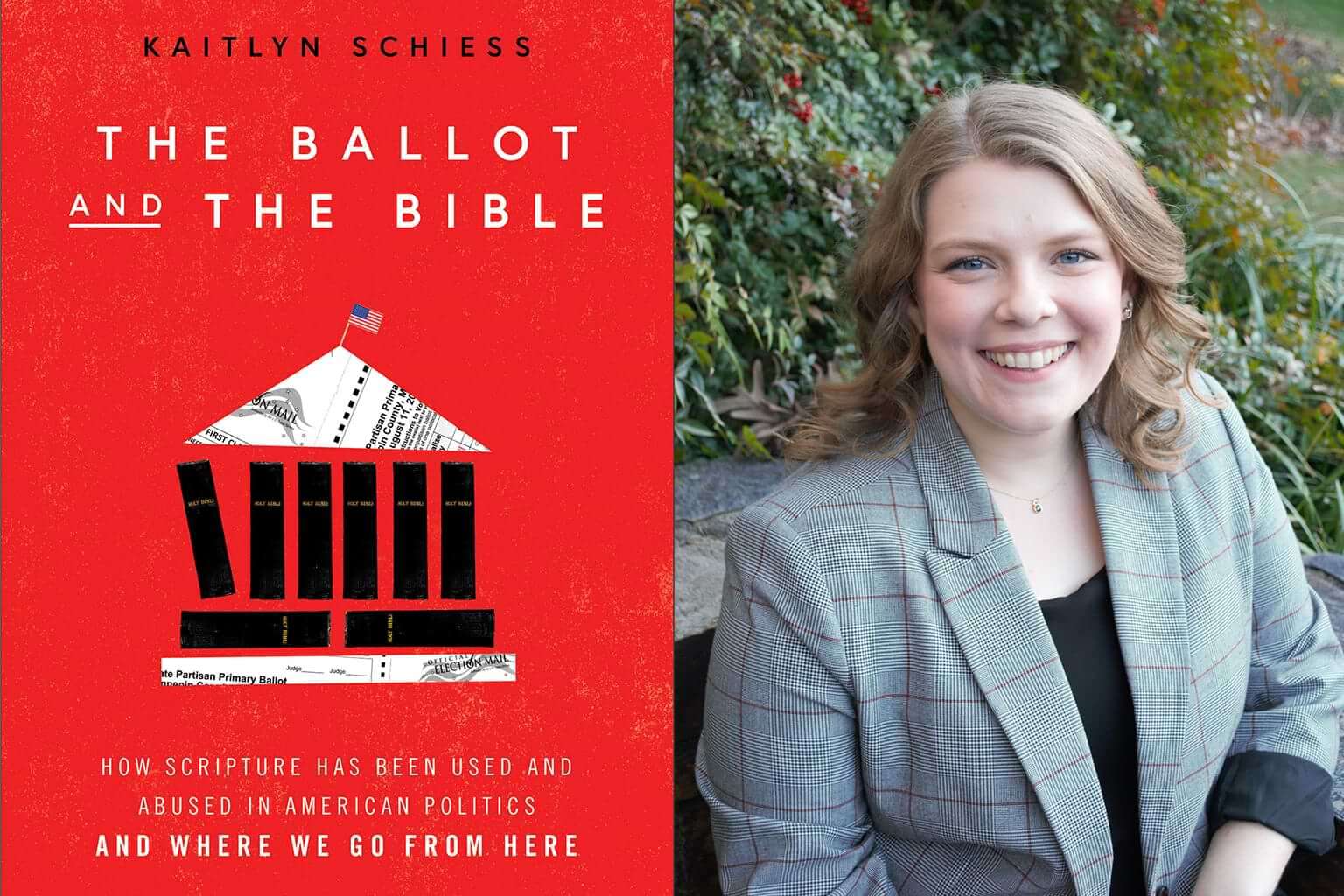
The book cover for "The Ballot and the Bible" appears next to its author's photo, Kaitlyin Schiess. Images courtesy of Brazos Press. Author photo by Kendra Sharrad.
Many chapters in the story of the civil rights movement have been forgotten, modified, or intentionally misrepresented. White Americans tend to imagine the movement as less controversial than it was, white resistance as less violent than it was, and the resolution more final and satisfying than it was. Many Americans also forget—or ignore—the significant role that religion played in motivating and strengthening both the movement and its opponents. The Bible unsurprisingly played a significant role.
In the Movement
Many scholars describe the civil rights movement as a political movement with religious dressing—useful for the movement’s purposes but not central to the message. But the work of historian David L. Chappell, based on testimonies by civil rights activists and leaders, contradicts this. Their accounts indicate that “it was, for them, primarily a religious event.”
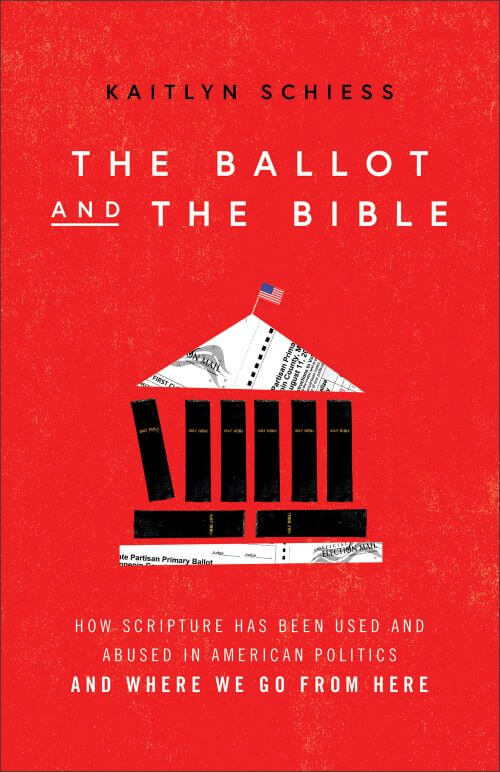 Black American Christians never had the option of separating their faith and political work. As biblical scholar Esau McCaulley says, “Due to the era into which it was born, the Black church found it necessary to protest a policy put in place by the state: slavery.” Other scholars trace the roots of Black church activism from secret churches during slavery to early Black denominations like the African Methodist Episcopal Church to the mobilizing role of the Black church in the civil rights movement. While formal denominational institutions and local churches were generally more conservative and less activist, the sermons, prayers, songs, and call-and-response interactions that formed those communities were central in animating and sustaining political action.
Black American Christians never had the option of separating their faith and political work. As biblical scholar Esau McCaulley says, “Due to the era into which it was born, the Black church found it necessary to protest a policy put in place by the state: slavery.” Other scholars trace the roots of Black church activism from secret churches during slavery to early Black denominations like the African Methodist Episcopal Church to the mobilizing role of the Black church in the civil rights movement. While formal denominational institutions and local churches were generally more conservative and less activist, the sermons, prayers, songs, and call-and-response interactions that formed those communities were central in animating and sustaining political action.
Civil rights participants used biblical language to describe their motivations. One alluded to Joshua 24:15: “But as for me, I will serve the Civil Rights Movement. . . . As for me and my house,
I will serve the Lord.” Another said, “There is a scripture in the Bible, ‘faith without works is dead.’” One activist, when met with the claim that the church “wasn’t the place” for social activism, said, “I have read the Bible some. The Bible tells me ‘out of one blood one nation came to dwell on all the face of the earth.’ . . . That was in me, I couldn’t get it out of me.” Another referenced Jesus’s words in Luke 4: “God is on the side of the oppressed.” Victoria Gray Adams, an activist from Mississippi, described joining the movement as a kind of conversion experience: she heard the words from Isaiah 6, “Whom shall I send, whom can we send and who will go for us?” and felt that “at that moment it was my word of truth.” She responded, “Here I am, send me.”
In a speech to the World Council of Churches in 1954, Benjamin E. Mays, mentor to Martin Luther King Jr. and president of Morehouse College, quoted numerous scriptures in support of the civil rights movement. He began by addressing the misuse of Old Testament passages against intermarrying, highlighting that they are concerned with religious purity, not racial purity. When we pray as Jesus taught us, Mays notes, we affirm our common family: “Our Father,” we pray. The Bible is full of examples of Jesus teaching and living this truth: the story of the good Samaritan, the faith of the Roman centurion, the reminder that Elijah and Elisha ministered outside the people of Israel in Luke 4. The story of Pentecost confronts any of our attempts to maintain strict racial or ethnic lines: “At Pentecost, a new community was created.” Mays cites Galatians 3:28, Acts 14:24–26, and Acts 10:28 to describe the new unity of the church.
The language in the early days of the Student Nonviolent Coordinating Committee (SNCC), a major organization of the movement, was “steeped in theology,” says historian Paul Harvey. They were fighting for integration, but that was not the end goal— which was, instead, the “redeemed community” or the “kingdom of God.” Unita Blackwell, who volunteered in voter-registration efforts with the SNCC, said of her work, “I had found it in my Bible that all men were created equal and I didn’t understand that, how come that this was my constitutional right and I couldn’t have that?”
Sentiments like Blackwell’s were common, mixing the language of the Bible with the language of civil religion. Fannie Lou Hamer, community organizer and cofounder and vice chair of the Freedom Democratic Party, turned “This Little Light of Mine” into a song for freedom. Referring to Georgia police chief Laurie Pritchett, she sang, “This little light of mine, I’m gonna let it shine, let it shine, let it shine, let it shine. We’ve got the light of freedom, we’re gonna let it shine. . . . Tell Chief Pritchett, I’m gonna let
it shine. . . . I’m voting for my freedom, I’m gonna let it shine.” We might criticize some mixing of the Bible with civil religion, but this history reminds us that doing so is not always “Christian nationalism” but is at times calling America to account, demanding it keep its promises.
Many white ministers and congregants opposed desegregation and other civil rights goals, and many more others were passive “moderates” who stalled the movement. Others supported and sacrificed for the cause. One minister in Little Rock, Marion A. Boggs, preached a sermon titled “The Crucial Test of Christian Citizenship” in 1957. He argued that the church’s silence on civil rights was cowardly and a “neglect of urgent duty,” because segregation is a “direct contradiction to the Christian Doctrine of the Dignity of man.” He cited Acts 10:34–35 (“God is no respecter of persons”), Ephesians 2:11–20 (Jesus destroyed the “dividing wall of hostility”), and Galatians 2:11–14 (on discrimination between Jews and gentiles) to show that “passage after passage in the Bible confirms and supports this position.”
Everett Tilson wrote a book in 1958 directly addressing the supposed biblical evidence for racial segregation. Segregation and the Bible argued that the “Genesis myth” (the “curse of Ham” discussed in chap. 3) could not withstand serious analysis, that no real argument for segregation could be made from the passages in Ezekiel about intermixing plant and animal forms, and that the New Testament condemns racial prejudice. Others went even further, arguing that segregation was one part of a larger social structure that Scripture condemned. One Congregational minister asked a question in 1945 that epitomizes this way of reading the Bible: “Will the churches of the South,” he asked, “whose Holy Book is not a stick of candy but a stick of dynamite,” bring to “the farm and factory worker a good wage, a decent house, a free assembly, a brotherhood enfolding all races?”
Content taken from The Ballot and the Bible by Kaitlyn Schiess, ©2023. Used by permission of Brazos Press, a division of Baker Publishing Group.




